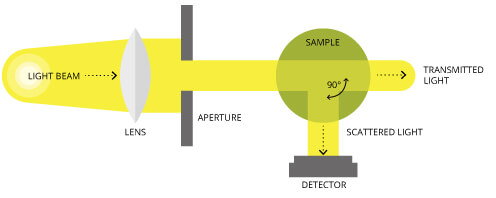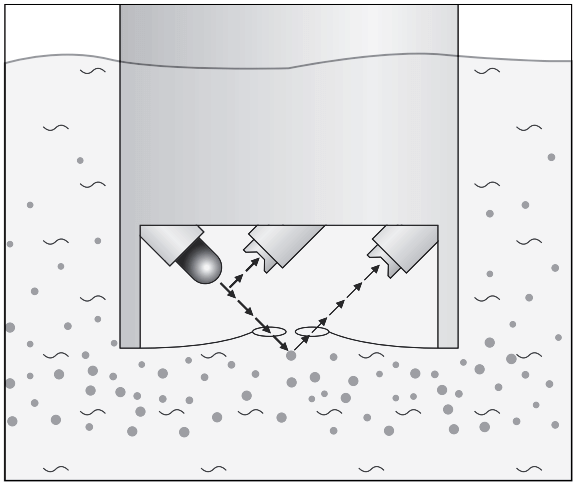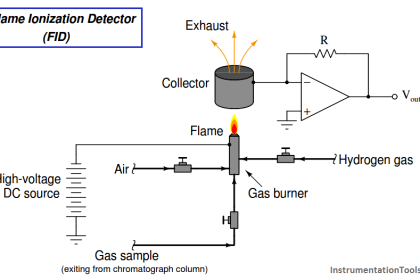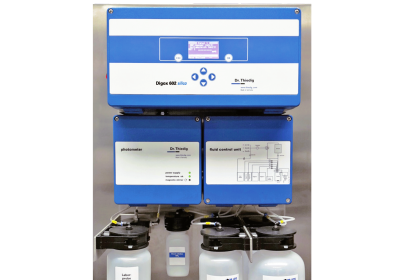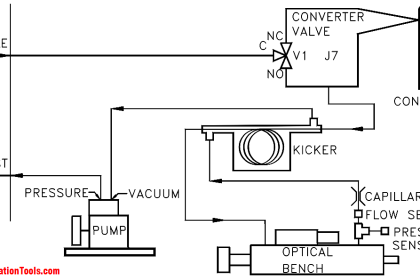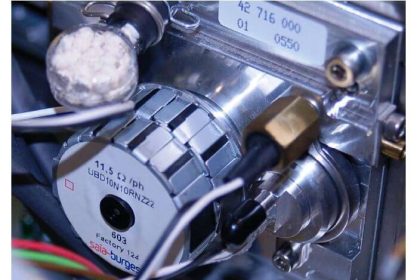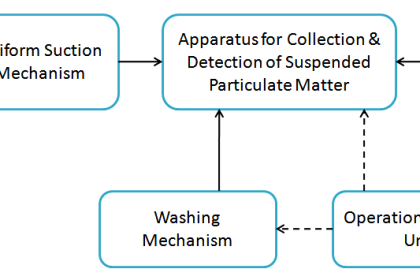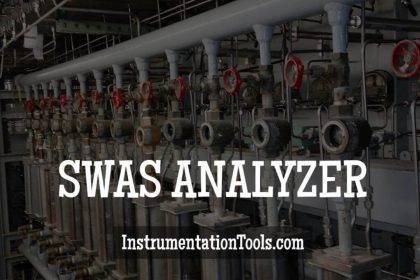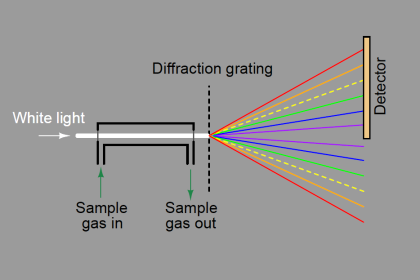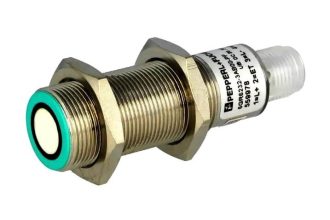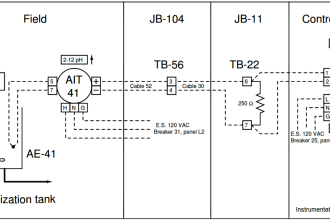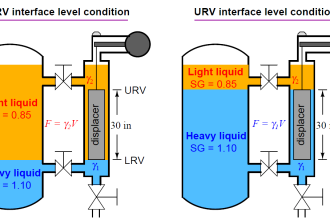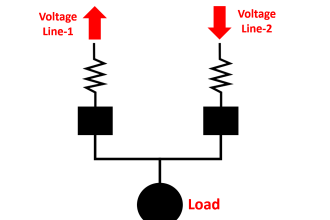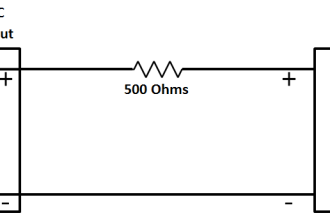Turbidity is an optical property of water based on the amount of light scattered and absorped by collodial and suspended particles. The turbidity value measured in FNU, FTU, NTU etc. is the quantitative statement of this qualitative phenomenon.
Nephelometry means that the light source and the photodetector are set at a 90-degree angle from each other. This is considered the angle most sensitive to light scatter regardless of particle size
The goal of measuring turbidity is to get an indication for the concentration of scattering particles in a medium. This can be done by determination of the light loss of the transmitted beam or the measurement of the light scattered sideways. Both methods deliver proportional data to particle concentration and are therefore suitable for measuring turbidity. They however differ in application and concentration levels. Scattered light measurement principle is more suitable for the detection of lower concentrations, while transmission (reflection or absorption) measurement is used for higher concentrations.
Image Credits : krohne
The device measures scatted light at 90° which is according to ISO 7027 / DIN EN 27027 to be used for turbidity values below 40 NTU.The NIR light source and receiver are positioned in a 90° angle to each other. The light transmitted from the source is directed in equal strength to the reference detector and into the medium. Light is scattered from the particles and the portion which is scattered at a 90° angle is received by the detector. The meter now compares the light from the reference detector and scattered light receiver and calculates the turbidity value.
The measurement unit for the turbidity measured at a 90° angle varies depending on country in and is according to ISO 7027 Formazine Nephelometric Unit (FNU), but the more commonly used terminology is Nephelometric Turbidity Unit (NTU) stated within the US EPA 180.1. Both units compare 1 to 1.
The advantage of the using NIR as light source as stated in the ISO 7027 is that this sensor is not affected by colour of the medium measured.
Source : krohne
